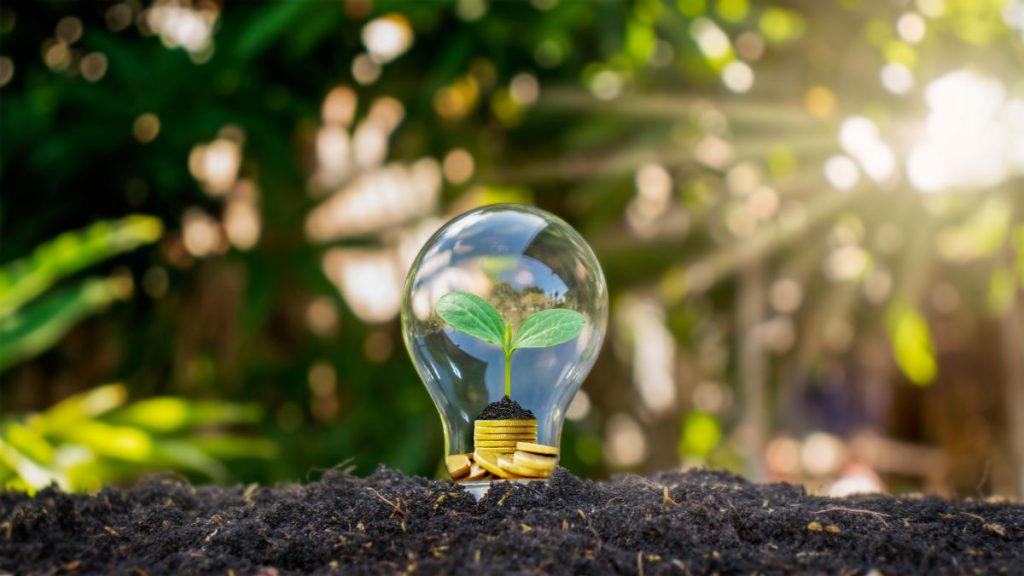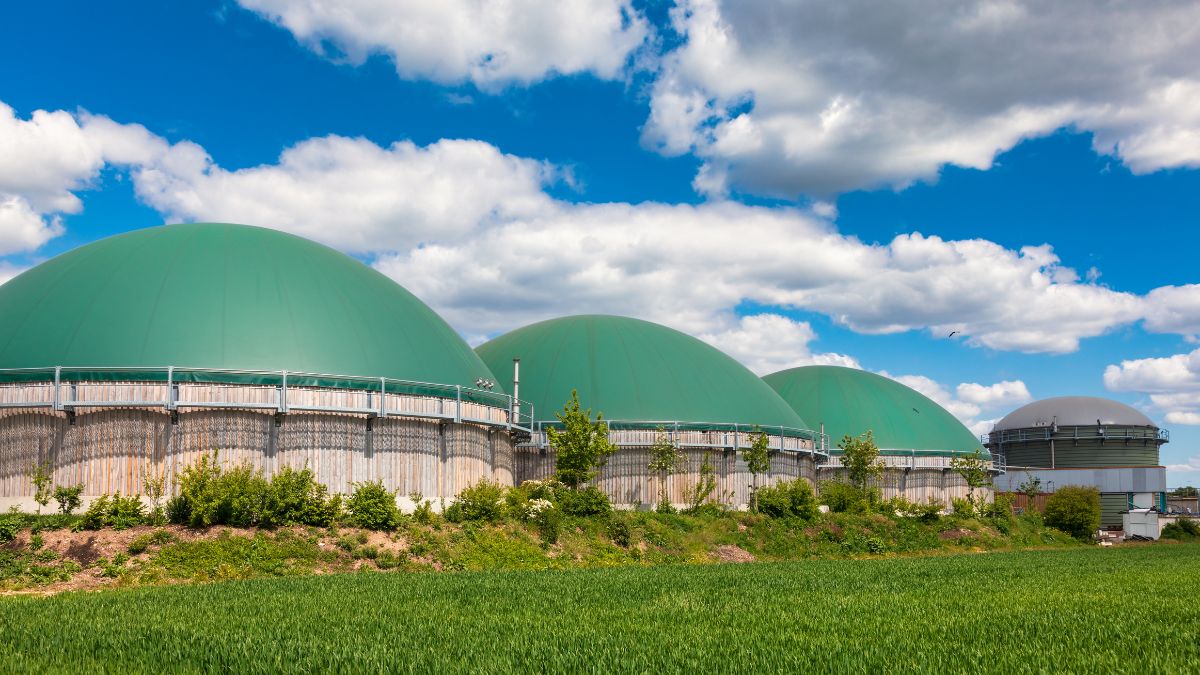
In the quest for a sustainable future, the intersection of bioenergy and waste management presents a promising solution. By turning waste to energy, we can address two significant environmental issues simultaneously: waste disposal and fossil fuel dependency. This article explores the potential of bioenergy, the processes involved in converting waste to energy, and the benefits of integrating these systems into our waste management strategies.
What is Bioenergy?
Bioenergy is derived from organic materials, known as biomass, which can include plant and animal matter. This renewable energy source can be used to produce electricity, heat, and transportation fuels. Biomass is converted into bioenergy through various processes such as combustion, gasification, anaerobic digestion, and fermentation.
Waste Management and Its Challenges
Waste management involves the collection, transportation, processing, and disposal of waste materials. Traditional waste management methods, such as landfilling and incineration, have significant environmental impacts, including greenhouse gas emissions and pollution. Integrating bioenergy into waste management can help mitigate these issues by diverting waste from landfills and converting it into a valuable energy resource.
Waste to Energy: Key Processes
1. Anaerobic Digestion
Anaerobic digestion is a biological process that breaks down organic waste in the absence of oxygen. This process produces biogas, a mixture of methane (CH4) and carbon dioxide (CO2), which can be used to generate electricity and heat. The remaining digestate can be used as a nutrient-rich fertilizer.
2. Gasification
Gasification involves heating organic waste at high temperatures in a low-oxygen environment to produce syngas (synthetic gas), which consists mainly of hydrogen (H2) and carbon monoxide (CO). Syngas can be used to generate electricity or as a feedstock for producing biofuels.
3. Combustion
Combustion is the direct burning of biomass to produce heat, which can be used to generate steam and electricity. Modern waste-to-energy plants use advanced technologies to reduce emissions and increase efficiency.
4. Fermentation
Fermentation is the process of converting organic waste into ethanol or other biofuels using microorganisms. This method is commonly used for agricultural waste and food processing by-products.

Benefits of Converting Waste to Energy
1. Reducing Greenhouse Gas Emissions
Converting waste to bioenergy reduces methane emissions from landfills, a potent greenhouse gas. Bioenergy production also offsets the use of fossil fuels, further lowering carbon emissions.
2. Resource Efficiency
Utilizing waste as a resource promotes a circular economy, where materials are continually recycled and reused. This approach conserves natural resources and reduces the environmental footprint of waste disposal.
3. Energy Security
Bioenergy contributes to a diverse and resilient energy portfolio, enhancing energy security by reducing dependence on imported fossil fuels.
4. Economic Opportunities
Developing bioenergy facilities creates jobs in construction, operation, and maintenance. It also provides new revenue streams for waste management companies and agricultural producers.
Challenges and Considerations of Converting Waste to Energy
- Feedstock Availability: The success of bioenergy projects depends on a consistent and reliable supply of organic waste. Seasonal variations and competition for feedstock can impact the viability of these projects.
- Technology and Infrastructure: Advanced technologies and infrastructure investments are required to efficiently convert waste into energy. Upfront costs can be significant, but long-term benefits often justify the investment.
- Regulatory and Policy Support: Government policies and incentives play a crucial role in promoting bioenergy and waste management integration. Supportive regulations can encourage investment and development in this sector.
Conclusion
By turning waste to energy, we can reduce greenhouse gas emissions, promote resource efficiency, enhance energy security, and create economic opportunities. While challenges exist, technological advancements and supportive policies can help overcome these barriers and pave the way for a greener future. As we strive towards sustainability, the synergy between bioenergy and waste management will be a key component in our journey to a more sustainable world.
See more: Green Energy and Renewable Energy: The Key Difference


